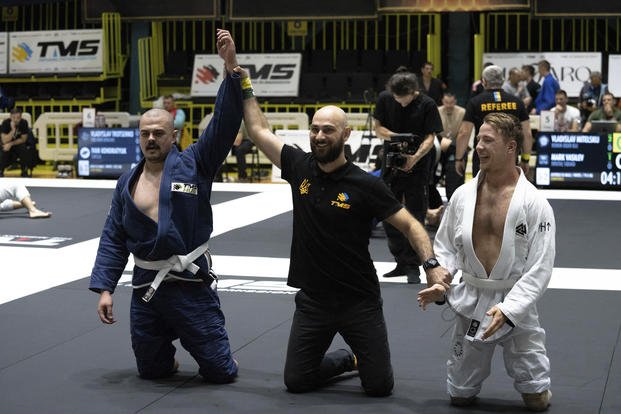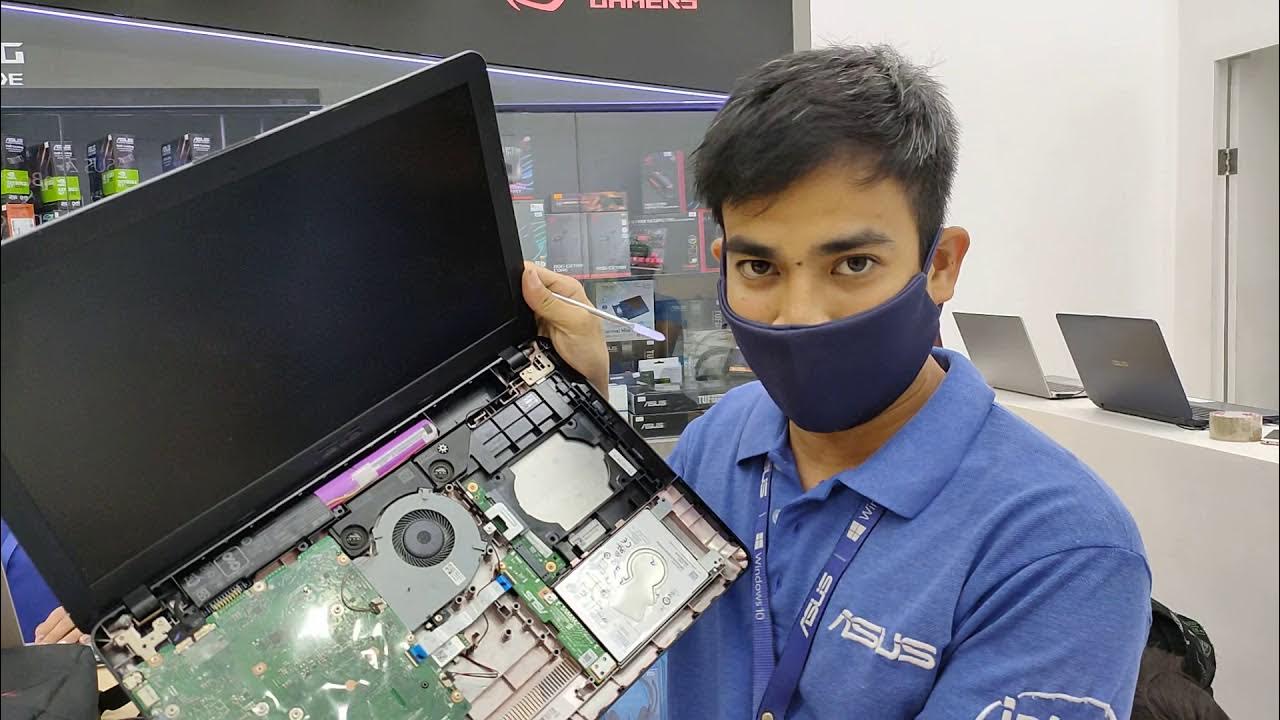Jiu Jitsu typically costs around $100 to $200 per month. Jiu Jitsu is a martial art and combat sport that originated in Japan and focuses on grappling and ground fighting techniques.
It has gained popularity worldwide due to its effectiveness in self-defense and physical fitness benefits. If you’re considering starting Jiu Jitsu, one of your primary concerns may be the cost. The monthly fees for Jiu Jitsu classes can vary depending on factors such as location, the reputation of the gym, and the quality of the instruction.
On average, you can expect to pay between $100 to $200 per month for Jiu Jitsu training. This typically includes access to regular classes and open mat sessions. Some gyms may also offer additional perks, such as access to fitness equipment or discounts on seminars and merchandise. However, it’s essential to remember that the cost can vary, so it’s always a good idea to research and compare different Jiu Jitsu gyms in your area to find the best fit for your budget and training goals.

Credit: www.facebook.com
What Is Jiu Jitsu?
Jiu Jitsu is a martial art that originated in Japan and is now practiced all around the world. It emphasizes the use of technique and leverage to overcome larger and stronger opponents. Jiu Jitsu, also known as “the gentle art,” focuses on ground fighting and submission holds, making it an essential skill for self-defense and a popular form of sport and exercise.
Origin Of Jiu Jitsu
Jiu Jitsu traces its roots back to ancient Japan, where it was developed by samurai warriors to defend themselves without weapons. With a focus on grappling and ground fighting, Jiu Jitsu techniques were designed to enable a smaller and weaker individual to overcome a larger and more powerful opponent.
Basic Principles Of Jiu Jitsu
Jiu Jitsu is built on a few fundamental principles that guide its practice. These principles include:
- Positional Dominance: Jiu Jitsu emphasizes achieving and maintaining dominant positions over an opponent, such as mount or back control, to control and minimize the opponent’s options.
- Control and Leverage: Rather than relying solely on strength and brute force, Jiu Jitsu techniques focus on leveraging an opponent’s weight and manipulating their body to gain control and execute submissions.
- Submission Holds: Submissions, such as joint locks and chokes, are an integral part of Jiu Jitsu, allowing practitioners to force an opponent to submit or surrender.
- Escapes and Defense: Jiu Jitsu also emphasizes the importance of defense and escaping from bad positions, enabling practitioners to avoid being submitted or controlled by their opponents.
- Continuous Learning and Adaptation: As with any martial art, Jiu Jitsu is a journey of continuous learning and improvement. It requires practitioners to study and adapt their techniques to the ever-evolving strategies and challenges they encounter.
Understanding these basic principles will give aspiring Jiu Jitsu practitioners a solid foundation for their training and help lay the groundwork for their journey in this dynamic and rewarding martial art.
Why Should You Consider Practicing Jiu Jitsu?
Considering the benefits it offers, Jiu Jitsu is a martial art worth exploring. Whether you have an interest in self-defense, physical fitness, or mental well-being, Jiu Jitsu has something to offer to people of all ages and fitness levels.
Physical Fitness Benefits
Engaging in regular Jiu Jitsu practice can significantly improve your physical fitness. This martial art involves a combination of aerobic and anaerobic exercise, which helps to enhance cardiovascular endurance and muscular strength. The controlled movements and techniques used in Jiu Jitsu also contribute to improved coordination, flexibility, and balance.
To provide an example, a study conducted by the International Journal of Sports Medicine found that Jiu Jitsu training increased overall flexibility and muscular endurance in its participants. The constant practice of grappling techniques involving throws, takedowns, and ground fighting helps to build functional strength throughout the body.
Self-defense Skills
Jiu Jitsu is renowned as a highly effective martial art for self-defense.
Through its focus on submissions, joint locks, and holds, Jiu Jitsu equips practitioners with the skills and knowledge to defend themselves in real-life scenarios. This martial art emphasizes technique and leverage over brute strength, making it accessible to individuals of all sizes and abilities.
Notably, Jiu Jitsu teaches practitioners to redirect an attacker’s force and use it against them, enabling them to neutralize larger and stronger opponents effectively. By learning these self-defense skills, individuals can gain confidence in their ability to protect themselves and stay safe in potentially dangerous situations.
Mental And Emotional Well-being
In addition to physical fitness and self-defense benefits, Jiu Jitsu also offers significant advantages for mental and emotional well-being. The practice of Jiu Jitsu requires focus, discipline, and concentration, providing an effective outlet for stress relief and mental relaxation.
Jiu Jitsu also promotes mindfulness and self-awareness as practitioners must remain fully present and engaged in the moment during training. This heightened sense of mindfulness can help alleviate anxiety and improve mental clarity.
Furthermore, the camaraderie and supportive community aspect of Jiu Jitsu training can have a positive impact on mental well-being. The friendships and bonds formed within the Jiu Jitsu community often lead to increased self-confidence, improved social skills, and a greater sense of belonging.
In conclusion, practicing Jiu Jitsu offers a multitude of benefits, from physical fitness improvements to self-defense skills and enhanced mental well-being. Whether you’re looking to challenge yourself physically, learn valuable self-defense techniques, or simply improve your overall well-being, Jiu Jitsu provides a holistic and rewarding experience.
How Much Does Jiu Jitsu Cost?
Are you considering starting jiu jitsu training but want to know how much it will cost you? Knowing the financial commitment involved is important before you start. In this section, we will discuss the factors that influence the cost of jiu jitsu, different membership options available, and additional expenses to consider.
Factors That Influence The Cost
Several factors can influence the cost of practicing jiu jitsu. These factors include but are not limited to:
- Location: The cost of jiu jitsu classes can vary depending on your location. In larger cities, you might find higher prices compared to smaller towns or rural areas.
- Facility: The quality and amenities offered by the training facility can affect the cost. Renovated spaces, state-of-the-art equipment, and additional services may come with a higher price tag.
- Instructor’s expertise: Highly skilled and renowned instructors may charge more for their expertise and experience.
- Class frequency: The number of classes available per week and the duration of each class can impact the overall cost.
Membership Options
When it comes to jiu jitsu memberships, training academies typically offer various options to suit individual preferences and budgets. Some common membership options include:
| Membership type | Details |
|---|---|
| Monthly | Pay a fixed amount for unlimited classes throughout the month. |
| Package | Opt for a pre-paid package that allows a certain number of classes within a specified period, such as 10 classes per month. |
| Drop-in | Pay per individual class, which is a suitable option for those who can’t commit to a regular training schedule. |
Additional Expenses To Consider
Aside from the membership costs, there are additional expenses you should consider when budgeting for jiu jitsu training:
- Uniform (Gi): Jiu jitsu classes usually require a specific uniform called a gi. Make sure to account for the cost of purchasing a gi if it’s not included in the membership.
- Belt promotions: As you progress through the ranks, belt promotions may come with associated fees for testing and receiving a new belt.
- Tournaments and competitions: Participating in jiu jitsu tournaments or competitions may involve fees for registration, travel, accommodations, and meals.
- Seminar fees: Attending seminars held by renowned jiu jitsu practitioners might require additional expenses.
Now that you have a better understanding of the factors that influence the cost of jiu jitsu, various membership options available, and additional expenses to consider, you can make an informed decision about your financial commitment to pursuing this martial art.
Pros And Cons Of Investing In Jiu Jitsu Classes
When it comes to investing in jiu jitsu classes, it’s important to weigh the pros and cons to make an informed decision. This martial art offers numerous advantages, such as physical fitness, self-defense skills, and mental clarity. However, there may also be potential challenges and drawbacks to consider. In this section, we will explore both the advantages and potential challenges of jiu jitsu training.
Advantages Of Jiu Jitsu Training
Jiu jitsu training offers a wide range of benefits that make it worth considering for anyone interested in martial arts or self-improvement.
- Physical Fitness: Jiu jitsu is a full-body workout that engages muscles, improves flexibility, and enhances cardiovascular endurance.
- Self-Defense Skills: Learning jiu jitsu equips you with practical self-defense techniques that can be useful in real-life situations.
- Mental Clarity: Jiu jitsu requires focus, concentration, and problem-solving skills, which can enhance mental clarity and help reduce stress.
- Social Interaction: Joining jiu jitsu classes allows you to meet and interact with people who share similar interests, fostering new friendships and an inclusive community.
- Confidence Building: As you progress in jiu jitsu and see improvement in your skills, your self-confidence will naturally grow as well.
Potential Challenges And Drawbacks
While jiu jitsu offers many advantages, it is important to be aware of the potential challenges and drawbacks associated with training in this martial art.
- Physical Demands: Jiu jitsu training can be physically demanding and intense, which may be challenging for individuals not accustomed to rigorous exercise.
- Injury Risk: Like any contact sport, there is a risk of injury in jiu jitsu. However, with proper training, technique, and adherence to safety guidelines, the risk can be minimized.
- Time Commitment: Jiu jitsu training requires consistent practice to progress and improve. This may be a challenge for individuals with busy schedules or multiple commitments.
- Financial Investment: Participating in jiu jitsu classes involves a financial commitment, including monthly fees, equipment purchase, and potential competition fees.
- Learning Curve: Jiu jitsu is a complex martial art that requires time and effort to master. It can be challenging and frustrating at times, especially for beginners.
Finding The Right Jiu Jitsu Gym
If you’ve decided to start your Jiu Jitsu journey, one of the first questions you may have is, “How much does Jiu Jitsu cost per month?” While it’s essential to consider the financial aspect, it’s equally important to find the right gym that suits your needs and goals. In this article, we’ll explore the key factors to consider when searching for a Jiu Jitsu gym, helping you make an informed decision that will set you up for success in your training.
Researching And Visiting Different Gyms
Researching and visiting different gyms is a crucial step in finding the right Jiu Jitsu gym. Take the time to explore the options available in your area and gather information about them. Here are some aspects to consider:
- Location: Look for gyms that are convenient and easily accessible for you. Consider the distance from your home or workplace to ensure you can attend regular training sessions without logistical challenges.
- Facilities: See if the gym has the necessary equipment and facilities for Jiu Jitsu training. Check if they have clean and well-maintained mats, changing rooms, showers, and other amenities that are important to you.
- Class schedules: Find out the class schedules and see if they align with your availability. Ensure there are options for beginners or specific programs tailored to your goals.
Once you have gathered this initial information, visiting the gyms personally is essential. This allows you to experience the atmosphere firsthand and get a sense of the gym’s culture and training environment. Take note of the following during your visit:
- Observe the training sessions: Pay attention to how the instructors interact with their students and how they conduct the classes. Notice if the training style aligns with your learning preferences.
- Talk to the instructors: Take the opportunity to speak with the instructors and ask them questions about their qualifications, experience, and teaching philosophy. This conversation will help you determine if their expertise and teaching style are in line with your goals and learning preferences.
- Interact with the students: Engage in conversations with current students and get their perspective on the gym. Find out if they feel supported, motivated, and if they enjoy the training environment. Their insights can provide valuable information about the gym’s community and overall atmosphere.
Considering Instructor Qualifications And Teaching Style
When finding the right Jiu Jitsu gym, it’s crucial to consider the qualifications and teaching style of the instructors. While certifications and ranks are important, it’s equally essential to find instructors who can effectively communicate and guide you through your Jiu Jitsu journey. Here’s what you should focus on:
- Instructor qualifications: Look for instructors who have reputable certifications and extensive experience in Jiu Jitsu. Check if they have competed at high-level tournaments or have trained with renowned masters.
- Teaching style: Every instructor has a unique teaching style. Some may focus more on technique and precision, while others prioritize physical conditioning and competition strategies. Determine which teaching style resonates with your learning approach and goals.
Community And Training Atmosphere
Another essential aspect to consider when choosing a Jiu Jitsu gym is the community and training atmosphere it offers. A supportive and positive environment can significantly impact your training experience and overall progress. Here’s what to assess:
- Community spirit: Evaluate if the gym fosters a sense of camaraderie and supportive relationships among its members. A welcoming community can provide additional motivation and make your training sessions more enjoyable.
- Training partners: Take note of the skill levels and diversity of training partners at the gym. Having a mix of beginners, intermediates, and advanced practitioners ensures a well-rounded training experience where you can learn from a variety of opponents.
- Training atmosphere: Consider the overall vibe and energy of the gym. Do you prefer a laid-back environment or a more intense and competitive atmosphere? Identifying your preference will help you find a gym that suits your personality and goals.
By thoroughly researching and visiting different Jiu Jitsu gyms, considering instructor qualifications and teaching styles, and assessing the community and training atmosphere, you are better equipped to find the right Jiu Jitsu gym that fits your needs and goals. Remember, choosing the right gym is an investment in your growth and progress as a Jiu Jitsu practitioner.

Credit: www.groupon.com

Credit: www.military.com
Frequently Asked Questions Of How Much Is Jiu Jitsu A Month
How Much Does Jiu Jitsu Cost Monthly?
The monthly cost of Jiu Jitsu classes can vary depending on the gym and location. On average, expect to pay between $100 and $200 per month. Keep in mind that some gyms may offer discounts for longer membership commitments or have additional fees for equipment or uniforms.
Are There Any Additional Costs Associated With Jiu Jitsu Classes?
In addition to the monthly membership fee, there might be some additional costs to consider. These could include purchasing a Jiu Jitsu uniform (also known as a gi), protective gear, or attending occasional seminars or workshops. It’s always a good idea to ask about any potential additional costs before signing up for classes.
Are There Any Free Or Low-cost Jiu Jitsu Classes Available?
While most Jiu Jitsu classes do have a monthly cost, some gyms and organizations may offer free or low-cost introductory classes or special promotions. Checking with local community organizations, schools, or recreational centers could potentially lead to finding affordable options for beginners or those on a tight budget.
Conclusion
To wrap up, the monthly cost of practicing Jiu Jitsu varies, depending on various factors such as location, gym facilities, and membership packages. By considering your budget and goals, you can find a suitable option that aligns with your needs.
Remember to factor in any additional costs like uniforms or training equipment. A little research can help you find an affordable and rewarding Jiu Jitsu experience.
- Why Ease of Use is Crucial in Trucking Dispatch Software - September 22, 2024
- Better Communication With Dispatchers: How Trucking Dispatch Software Can Optimize Operations - September 7, 2024
- Maximizing Efficiency: The Importance of Accurate Location Tracking for Trucking Operations - August 23, 2024



